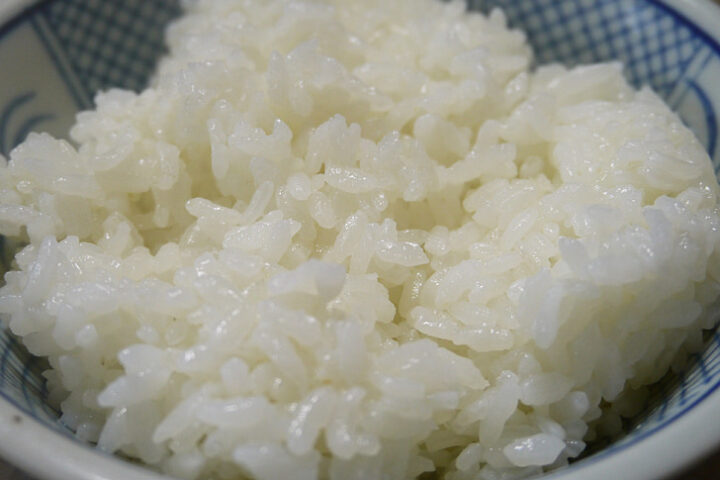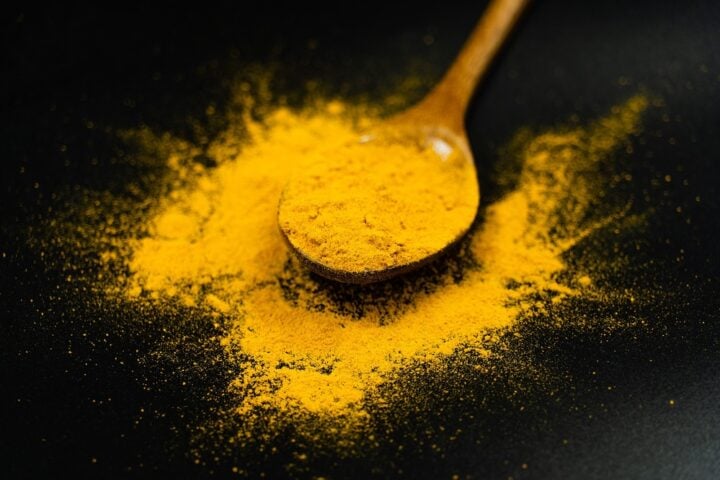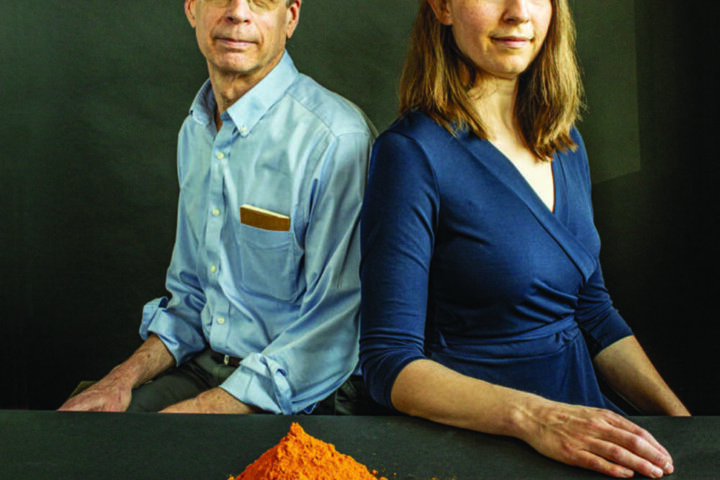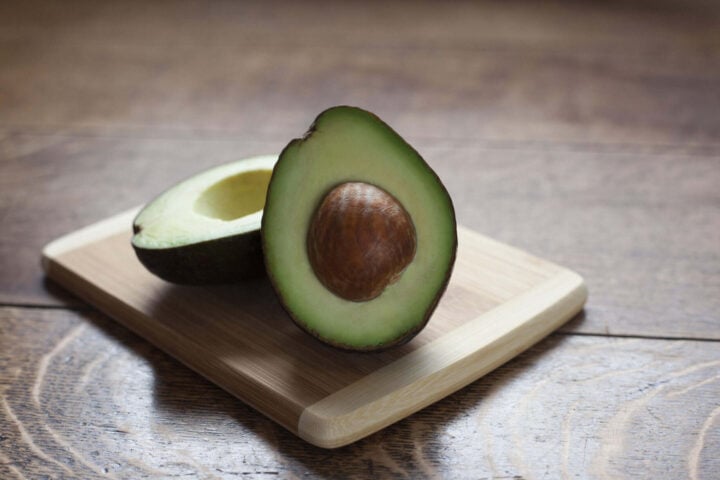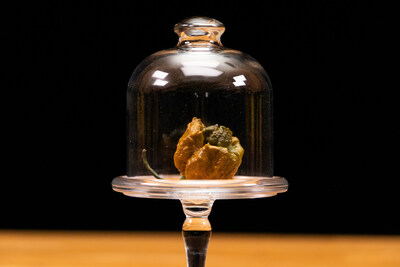Human taste can be distilled down to the basic 5 taste qualities of sweet, sour, bitter, salty, and umami or savory. Now the human tongue might also detect ammonium chloride as a basic taste. USC scholars have discovered evidence of a sixth basic taste. The tongue responds to ammonium chloride, a popular ingredient in some Scandinavian candies. The OTOPI protein receptor, previously linked to sour taste, is activated by ammonium chloride.
The ability to taste ammonium chloride may have evolved to help organisms avoid harmful substances. Japanese scientist Kikunae Ikeda first proposed umami as a basic taste – in addition to sweet, sour, salty, and bitter – in the early 1900s. About eight decades later, the scientific community officially agreed with him. Now scientists led by researchers at USC Dornsife College of Letters, Arts, and Sciences have evidence of a sixth basic taste.
USC Dornsife neuroscientist Emily Liman and her team found that the tongue responds to ammonium chloride through the same protein receptor that signals sour taste. This research was published in Nature Communications on October 5, 2023. Professor of Biological Sciences Liman says, “If you live in a Scandinavian country, you will be familiar with and may like this taste.”
Similar Posts
In some Northern European countries, salt licorice has been a popular candy at least since the early 20th century. The treat counts among its ingredients salmiak salt or ammonium chloride. Scientists have for decades recognized that the tongue responds strongly to ammonium chloride, but they were not sure which receptors were responsible.
Liman and her team – which includes scientists from the University of Colorado Medical School – thought they might have an answer. In recent years, they identified a protein OTOP1 gene into lab-grown human cells, then exposed some of them to acid or to ammonium chloride. The results showed that ammonium chloride activated the OTOP1 receptor just as effectively as acid.
Liman speculates that the ability to taste ammonium chloride might have evolved to help organisms avoid harmful substances. She explained, “Ammonium is toxic, so it makes sense we evolved taste to detect it.”
And who knows? Perhaps ammonium chloride will join the other five basic tastes, bringing the official count to six. The scientific formula of ammonium chloride is: NH4Cl. As science advances, our horizons of knowledge too expand. We have got a sixth sense, similarly, the taste of NH4Cl may be added as the sixth taste in due course of time.
We live in a brave new world where there is no limit to human desire to know more about everything. A poet from India tells the ocean: “Our ambitions are infinite and our hopes are unlimited, only you have got a shore!”




